In this post, we will understand the difference between the stepper motor and servo motor and compare them.
In machine automation, two types of drives and motors are widely used –
- Stepper motor and
- Servo motor.
Both are used for accuracy and precision which is a major factor for driving the machine automation industry.
Basically, here we will see some general differences between both these motors. Let us have a look at some of the points covered which are common between them for taking out the differences.
Compare Servo Motor and Stepper Motor
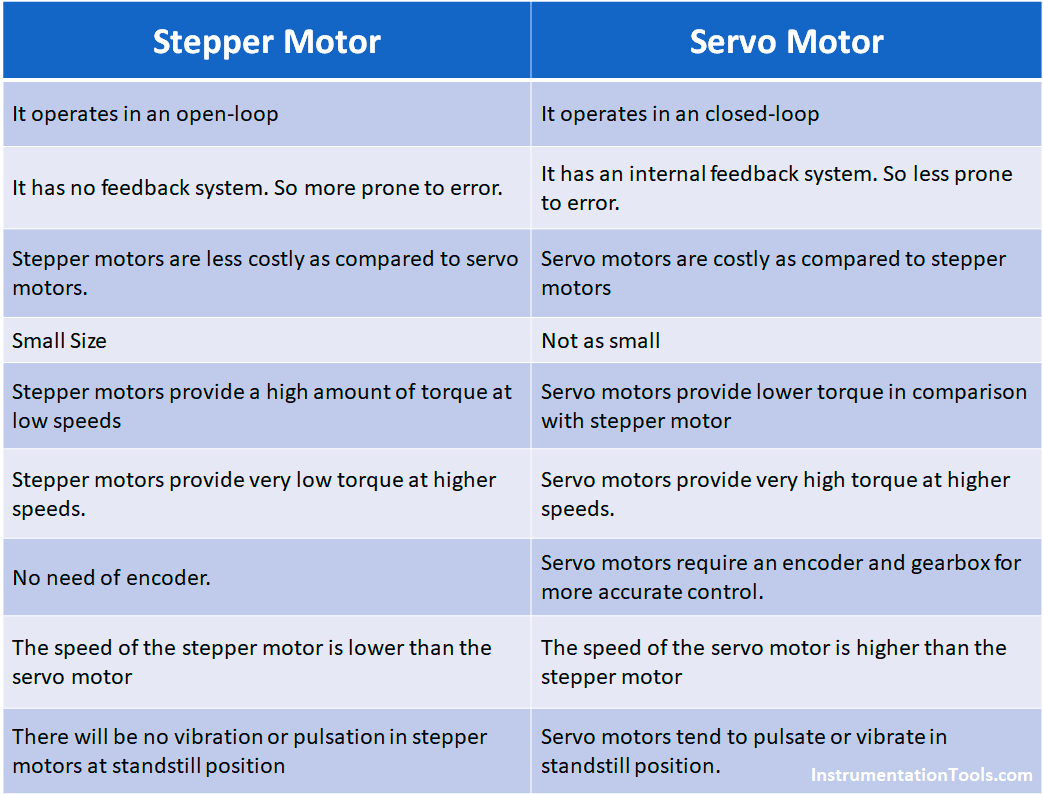
We will discuss the major differences between the stepper motor and servo motor in detail.
Number of Poles
A magnetic pole pair is a pair of north and south magnets which are the main factor for rotating a motor. The motor can be 2-pole, 4-pole, 8-pole, etc. A stepper motor has a high number of poles; typically between 50-100.
A servo motor has a pole count of typically 4-8. Consider the poles as your teeth. The more the number of teeth you have, the more you are able to chew things properly.
Magnetic fields and current inside the motor revolve around the number of poles. That means, the higher the number of poles, the higher the motor is able to control its rotation.
Due to large number of poles in the stepper motor, it is able to move in more counts and stepwise; that too in small steps. The higher the number of steps in a single rotation, the more will be the accuracy.
So, the stepper motor can be used in full confidence in open loop control, as it is accurately controlled by it’s own step movements.
A servo motor will require closed loop control with feedback from encoders; for proper control.
Torque
Stepper motors provide a high amount of torque at low speeds, due to the high number of poles. This is not profitable in servo motors as they provide lower torque in comparison with them.
But, at higher speeds, stepper motors provide very low torque and mostly lose a large amount of torque. This is the main advantage that servo motor gains at higher speeds, as they provide higher torque.
Vibration level and Heat
Stepper motors produce very high levels of vibrations and resonance. They also dissipate a large amount of heat as compared to servo motors.
Cost
Stepper motors are less costly as compared to servo motors. Also, as servo motors require an encoder and gearbox for more accurate control, the cost of them is added more.
But, if you overlook the cost factor; due to the use of closed-loop control, you get a higher amount of control in your hand and also get more features in controlling the system as compared to stepper motors.
Speed
The speed of the servo motor is higher than the stepper motor. They provide greater RPM as compared to stepper motors.
Stability
Servo motors tend to pulsate or vibrate in standstill position; which does not happen in stepper motors.
So, if you require an application where the motor needs to hold the load steady like a rock and not cause any mishap around the system, then a stepper motor will be a good choice.
Conclusion
These are some general differences between both the servo and stepper motors. Choosing the right motor depends entirely on the application and a sound knowledge of the designer.
If you liked this article, then please subscribe to our YouTube Channel for Instrumentation, Electrical, PLC and SCADA video tutorials.
You can also follow us on Facebook and Twitter to receive daily updates.
Read Next:
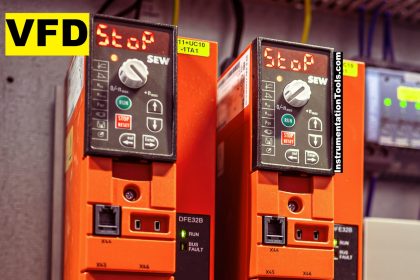
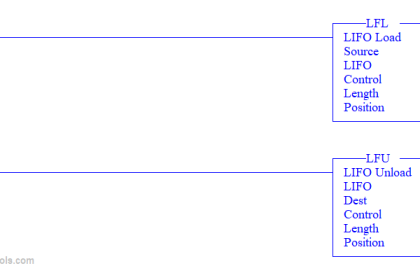
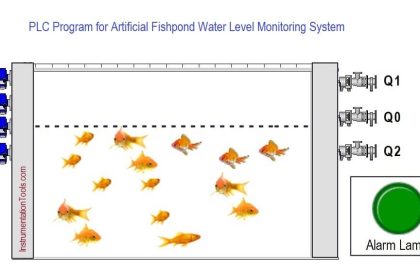
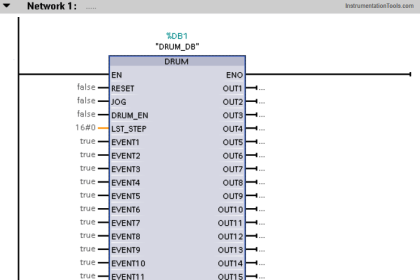
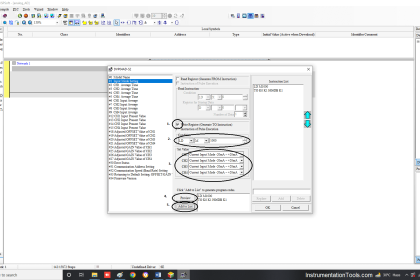
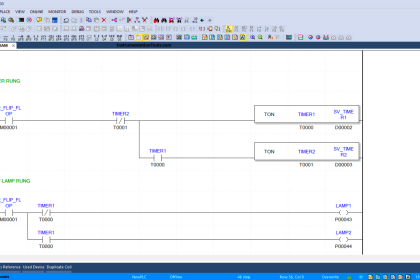
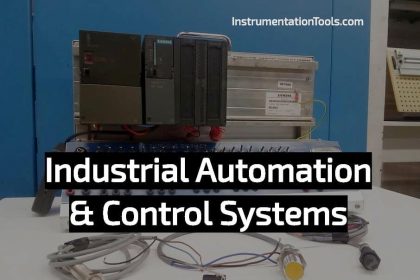

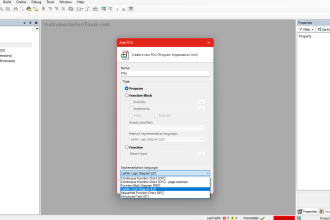
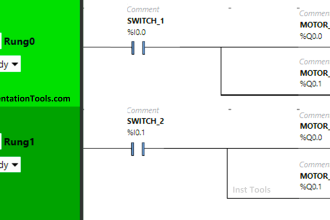
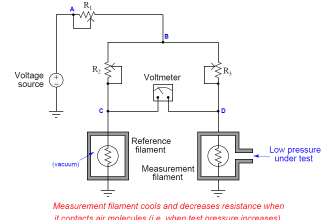


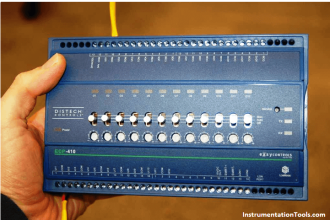
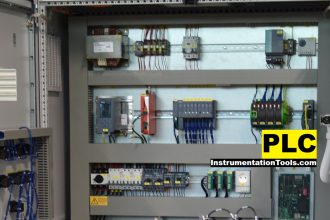
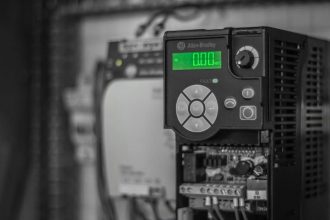

Helpfull article
Hello,
In section 2 [Number of Poles] “A stepper motor has a high number of poles; typically between 50-100”.
I have a question, what does 50~100 mean?